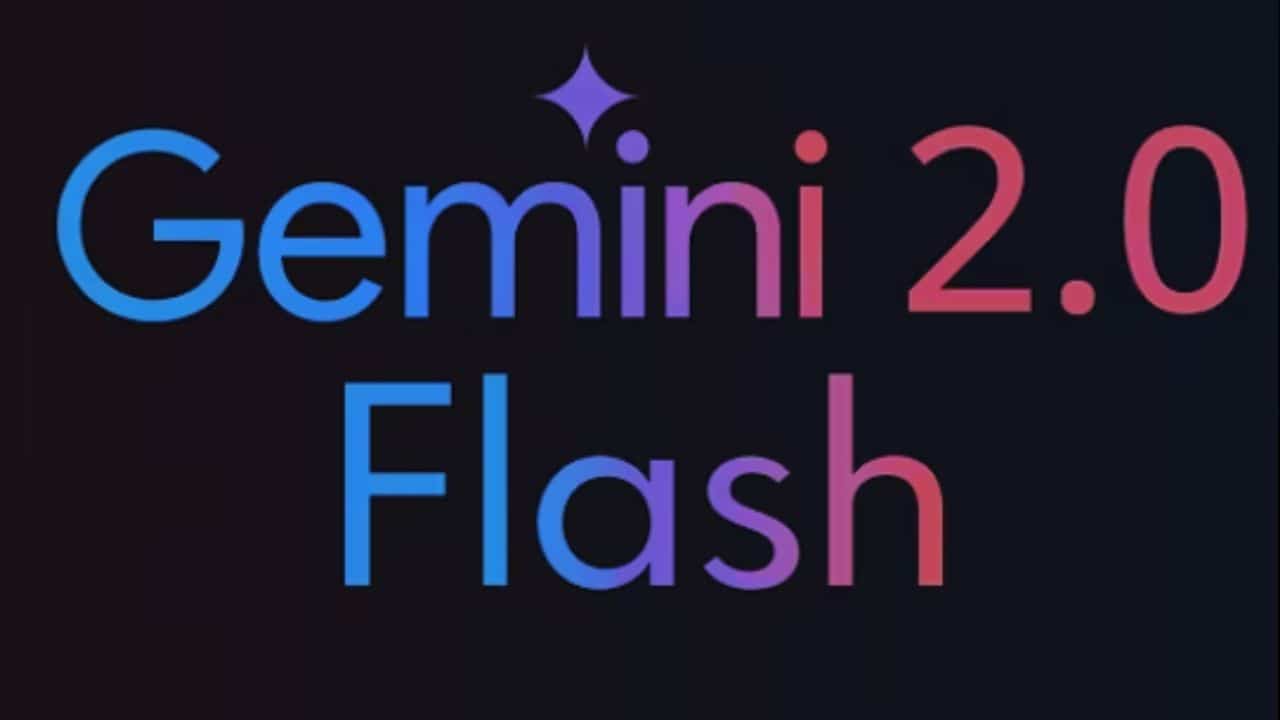In a significant move to redefine artificial intelligence (AI) capabilities, Google has announced the launch of Gemini 2.0 Flash Thinking, a cutting-edge multimodal reasoning model.
Designed for speed, transparency, and versatility, this new model is set to rival OpenAI’s o1 family of reasoning models, potentially marking a new era in AI-driven problem-solving.
A Leap Forward in Reasoning Capabilities
Gemini 2.0 Flash Thinking builds on the advancements of its predecessor, the Gemini 2.0 Flash model, which was introduced just eight days ago. According to a post by Google CEO Sundar Pichai on the social platform X, the new model is “our most thoughtful model yet:).
One of the standout features of Gemini 2.0 is its “Thinking Mode,” which enhances reasoning capabilities in its responses. While full technical details of its training process and architecture remain undisclosed, its 32,000-token input limit (equivalent to 50–60 pages of text) and 8,000-token output capacity make it a robust tool for processing and generating substantial information.
Addressing the “Black Box” Problem with Transparency
A defining feature of Gemini 2.0 Flash Thinking is its focus on transparent reasoning. Unlike OpenAI’s o1 and o1 mini models, Google’s latest offering provides users with access to step-by-step reasoning processes through an intuitive dropdown menu. This move is seen as a direct response to long-standing concerns about AI’s “black box” nature, where decision-making processes are obscured.
By offering visibility into its reasoning, Gemini 2.0 fosters greater trust and usability, making it particularly attractive to developers and researchers seeking reliable insights.
Superior Performance and Independent Validation
Early tests reveal that Gemini 2.0 excels in handling complex reasoning tasks. For example, it accurately counted the number of “R”s in the word “Strawberry” within seconds and systematically compared two decimal numbers (e.g., 9.9 and 9.11) by breaking the problem into smaller, logical steps.
These capabilities have been independently validated by LM Arena, a leading benchmarking organization, which ranked Gemini 2.0 Flash Thinking as the top-performing model across all large language model (LLM) categories.
Multimodal Understanding: Image Analysis and Beyond
Another area where Gemini 2.0 Flash Thinking outshines its competitors is its native support for image uploads and analysis. While OpenAI’s o1 family began as text-only models and later incorporated image analysis capabilities, Gemini 2.0 integrates this feature from the outset. This multimodal capability expands its potential use cases significantly, allowing it to handle tasks that require combining textual and visual data.
In one test, the model successfully solved a puzzle requiring analysis of both textual and visual elements, highlighting its versatility in integrating diverse data types. However, it currently lacks features such as grounding with Google Search or integration with other Google apps and third-party tools, as noted in the developer documentation.
Zero Cost and Accessibility for Developers
Gemini 2.0 Flash Thinking is currently available for experimentation via Google AI Studio and Vertex AI, with no associated token cost listed at this time. This accessibility makes it an attractive choice for developers looking to explore its potential in applications like coding, multimodal understanding, and reasoning tasks.
The Road Ahead for AI Reasoning Models
As competition in the AI field intensifies, Google’s Gemini 2.0 Flash Thinking positions itself as a serious contender against OpenAI’s o1 family. Its focus on transparency, multimodal functionality, and scalability sets it apart, offering promising opportunities for innovation in AI-driven reasoning.
While further details about its licensing, costs, and future integrations are awaited, the launch of Gemini 2.0 Flash Thinking underscores Google’s commitment to advancing AI technologies that are not only powerful but also accessible and trustworthy.
The Information is Collected from VentureBeat and MSN.




































